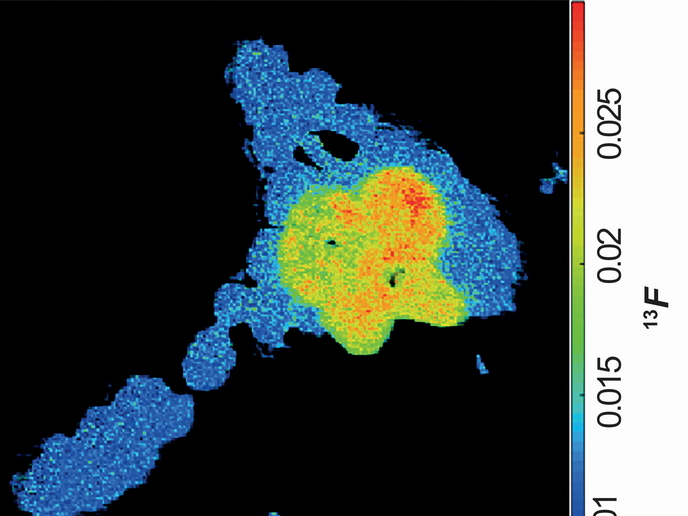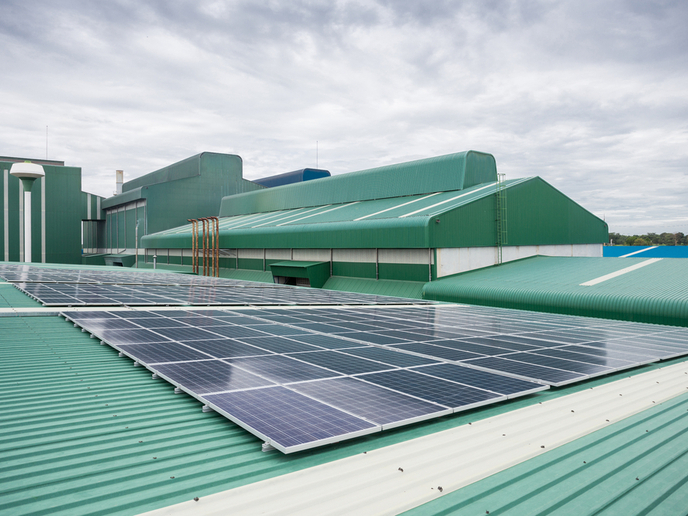Membrane CO2 filtration for power stations
CO2 is a major greenhouse gas, released in large quantities by coal power plants. Although such plants will eventually become obsolete, while they remain in service operators often remove as much CO2 from their emissions as possible. A new type of material called polymeric membranes can selectively filter certain gases from air. Yet, the membranes can only achieve either selectivity or permeability, not both. Mixed matrix membranes could theoretically surpass the limitation, although the performance gain has not yet been achieved. Mixed matrix membranes A new but relatively untested type of membrane called M4 – metal-organic frameworks (MOFs)-based mixed matrix membranes – is expected to resolve the incompatibilities between membranes and the polymers. MOFs are porous crystalline materials built up from organic linkers and inorganic nodes. MOFs essentially function as carefully designed sieves that, depending on the application, allow certain molecules through but not others. The EU-funded M4CO2(opens in new window) project devised an energy-efficient CO2 filtration system based on an M4 membrane. The purpose was to enable compliance with EU plans for a 90 % reduction in CO2 emissions at less than EUR 25 per tonne of CO2. The project also developed new MOFs and polymers, and improved theoretical understanding of the interaction between the components. The team further created proof-of-principle prototypes and techniques for upscaling. “Our main result among many too numerous to mention was successful development and demonstration of a new M4 technology suitable for continuous CO2 capture,” says project leader Professor Freek Kapteijn. Effective, cheap filtration Researchers estimated that costs for M4 removal of pre-combustion CO2 using the new technology would be less than EUR 20 per tonne of CO2. Yet, depending on pressures in a three-stage process, the costs could be further reduced to EUR 16 per tonne. Post-combustion removal is likely to be around EUR 28 per tonne. A two-stage process combining highly sensitive low-flux membranes with their opposites would be comparable with the best carbon-scrubbing processes. Scrubbing involves a circulating liquid absorbing CO2 at low temperature and releasing it at high temperature. The team also devised hollow fibre membrane modules, which contain bundles of hollow fibres in a cylindrical housing. The gas mixture to be separated is fed into one end of the module, then flows around the fibres and out the other end. “A major challenge turned out to be scale-up of the hollow fibre membrane production,” notes Prof. Kapteijn. “The lab-scale membranes performed well, but did not perform as expected in the field tests.” Despite the setbacks, the team learned how to manufacture the materials and modules. M4CO2 membrane technology can be applied to any gas containing CO2. Not only does the technology remove CO2 from coal gases after combustion and prior to release into the atmosphere, it also removes CO2 from pre-combustion gases. This produces a hydrogen-rich gas suitable for clean combustion. In other contexts, the M4CO2 technology could be applicable to hydrogen production units, including those developed by the EU HyGear project. Each type of separation requires its own optimised membrane design. Although the project has concluded, the work will be continued in MEMBER, a new Horizon 2020 project with many of the same partners. The new project will continue developing various applications in continuous CO2 capture, and will examine market prospects.







